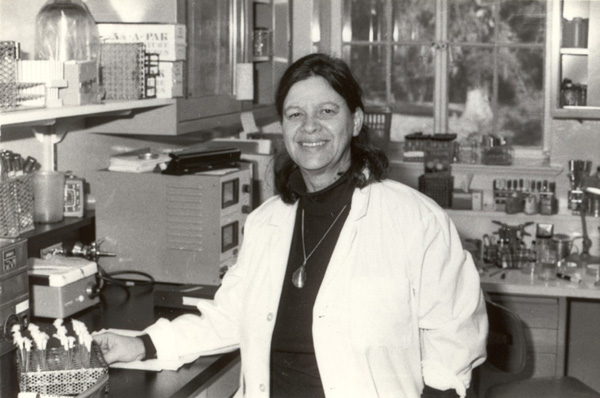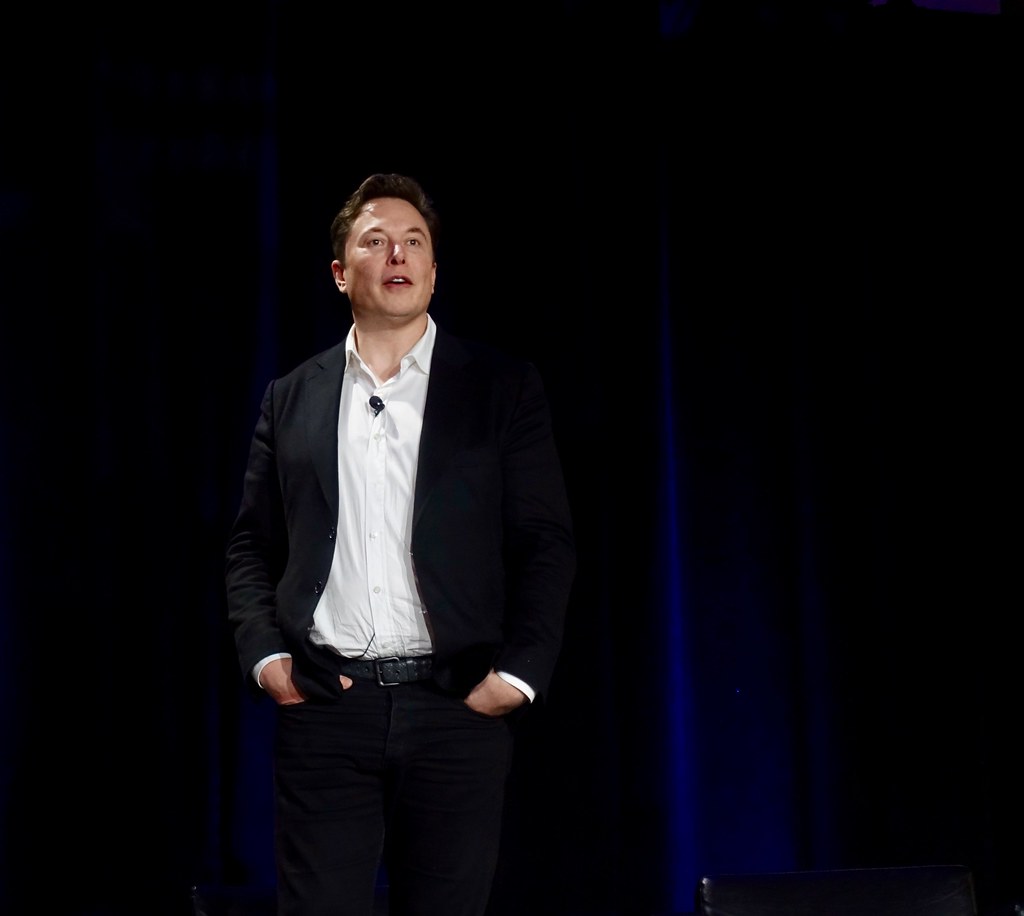Jocelyn Bell Burnell: The True Discoverer of Pulsars

Imagine making a breakthrough that changes how we see the universe—only to watch someone else get all the credit. That’s what happened to Jocelyn Bell Burnell. In 1967, while she was still a graduate student in the UK, Bell Burnell noticed a strange, regular signal in the radio telescope data she was analyzing. This was the very first evidence of pulsars—spinning neutron stars that send out beams of energy like cosmic lighthouses. Her supervisor got the Nobel Prize, but Bell Burnell was left out. Despite that, she’s since become a champion for women in science, and her story has inspired many. According to the Royal Society, her work opened up massive new fields of study in astrophysics.
Mary Anning: The Fossil Hunter Who Changed Paleontology

Mary Anning was born in 1799 and grew up poor on the southern coast of England. As a child, she started collecting fossils from the cliffs near her home. By her twenties, she’d made some of the most important early discoveries in paleontology, including the first complete Ichthyosaurus skeleton. Her finds were crucial for the new science of prehistoric life, but because she was a woman and working-class, her name rarely appeared in textbooks. The London Natural History Museum now considers her a pioneer, and her life story is finally inspiring a new generation of fossil hunters.
George Washington Carver: More Than Just Peanuts

Most people know George Washington Carver as the “Peanut Man,” but his contributions to science and agriculture go way beyond that. Born into slavery, he became a brilliant botanist. Carver invented crop rotation techniques that saved Southern agriculture after the Civil War, urging farmers to plant peanuts and sweet potatoes to restore the soil. According to the USDA, his work increased crop yields dramatically and helped fight poverty. His legacy is about resilience, creativity, and using science to lift up communities.
Chien-Shiung Wu: The First Lady of Physics

Chien-Shiung Wu’s story hits hard. In the 1950s, she designed a famous experiment proving that the laws of physics don’t always act the same in mirror images—a shocking idea at the time. Her research directly led to a Nobel Prize for her male colleagues, while she was overlooked. Wu’s experiment, known as the Wu experiment, completely changed how we understand subatomic particles. The American Physical Society now calls her one of the most influential physicists of the 20th century, and her work continues to shape quantum physics today.
Henrietta Lacks: The Immortal Cells Behind Countless Cures

It’s staggering to think how many medical breakthroughs trace back to one woman—Henrietta Lacks. In 1951, doctors at Johns Hopkins took a sample of her cancer cells without her permission. These cells, called HeLa cells, were the first human cells to survive and multiply outside the body. HeLa cells have been used in developing polio vaccines, cancer treatments, and even COVID-19 research. According to the National Institutes of Health, her cells have been cited in over 75,000 studies. Lacks’ story has sparked important conversations about ethics and consent in science.
Rosalind Franklin: The X-ray Visionary Behind DNA

Most people know Watson and Crick for discovering the double helix shape of DNA, but Rosalind Franklin’s X-ray images gave them the crucial evidence they needed. Her “Photo 51” was the smoking gun, revealing DNA’s structure. Franklin, a chemist and expert in X-ray crystallography, died young and never got the recognition she deserved. Many biologists now argue that she should have shared the Nobel Prize. Modern biology textbooks are finally starting to feature her work and her story of perseverance in a male-dominated field.
Janaki Ammal: India’s Botanical Trailblazer

Janaki Ammal’s name is rarely found in Western textbooks, but her work transformed botany in India and beyond. Born in 1897, she became the first Indian woman to earn a doctorate in botany. She developed sugarcane varieties that could thrive in India’s climate, boosting food security for millions. She also worked on plant genetics and biodiversity, helping establish India’s first gene bank. The Indian Academy of Sciences recognizes her as a pioneering scientist whose legacy is still growing—literally.
Ignaz Semmelweis: The Doctor Who Fought for Handwashing

It’s shocking to realize that hundreds of years ago, doctors didn’t wash their hands between surgeries. Ignaz Semmelweis, a Hungarian physician working in the 1840s, noticed that women were dying in childbirth at alarming rates. He found that simply washing hands with chlorine dropped death rates dramatically. His ideas were ridiculed, and he died in obscurity. Now, every hospital follows his rules. The World Health Organization credits his work with saving millions of lives, especially during the COVID-19 pandemic, when hand hygiene became global news again.
Vivien Thomas: Heart Surgery Pioneer Against All Odds

Vivien Thomas started as a carpenter’s apprentice and became a surgical innovator. Despite facing racism and never holding a medical degree, he helped develop the first successful surgery to treat “blue baby syndrome,” saving countless infants with heart defects. Thomas trained generations of surgeons at Johns Hopkins, yet his contributions were overlooked for decades. The American Heart Association now honors him as a giant in cardiac surgery, and his story is a powerful reminder of what determination and talent can achieve.
Esther Lederberg: The Microbiologist Who Changed Genetics

Esther Lederberg’s discoveries in bacterial genetics shaped the field of molecular biology. In the 1950s, she discovered the lambda phage—a virus that infects bacteria—and invented the replica plating technique, which allowed scientists to study genetic mutations more easily. Her work laid the groundwork for genetic engineering, yet she often worked in the shadow of her husband and other male colleagues. The Genetics Society of America now celebrates her as a foundational figure in genetics, but most students still don’t learn her name.
Ada Lovelace: The World’s First Computer Programmer

Long before computers filled rooms or fit in our pockets, Ada Lovelace was writing the world’s first computer program in the 1800s. She worked with Charles Babbage on his Analytical Engine and envisioned using computers for more than just calculations—she even imagined them composing music. The tech world now sees her as the “mother of programming,” but for decades, her contributions were written off as mere notes. Today, her vision is echoed in everything from artificial intelligence to smartphone apps.







